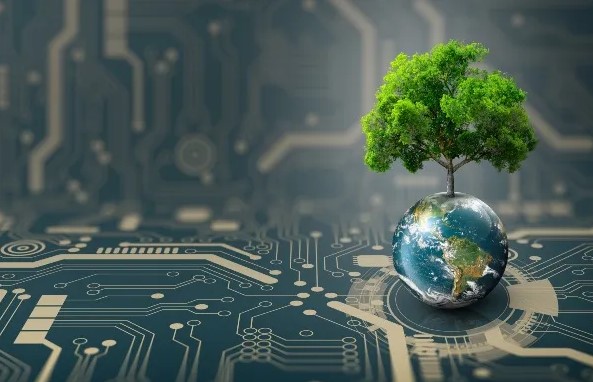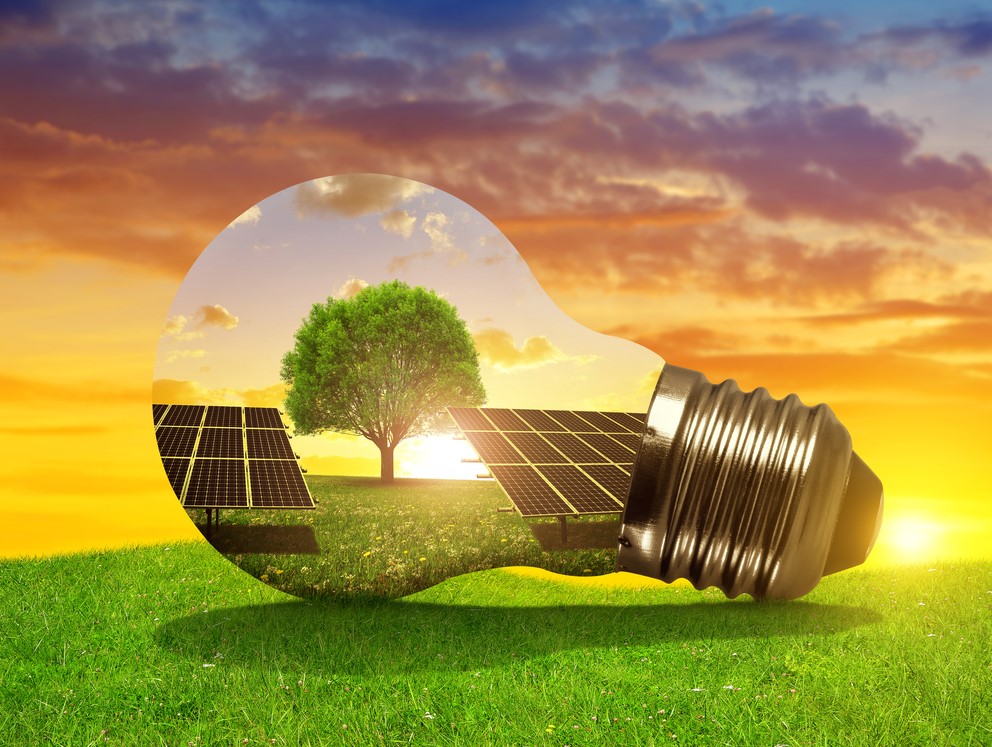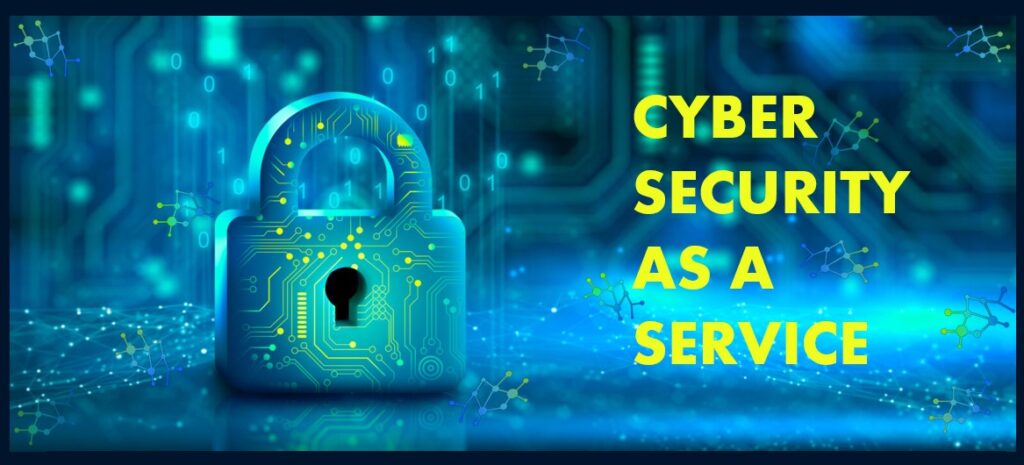Sustainable IT Practices: Paving the Way for a Greener Future
December 31, 2024

As businesses increasingly recognize the importance of sustainability, the IT sector has a crucial role to play in reducing carbon footprints and promoting eco-friendly practices. Sustainable IT practices not only benefit the environment but can also lead to cost savings and improved brand reputation. In this blog, we’ll explore green IT strategies, the role of technology in promoting sustainability, and innovations in energy-efficient data centers.
Green IT: Strategies for Reducing Your Carbon Footprint
- Virtualization
Virtualization allows multiple virtual machines to run on a single physical server, reducing the need for additional hardware. By optimizing resource use, businesses can significantly decrease energy consumption and hardware waste.
- Energy-Efficient Hardware
Investing in energy-efficient hardware is a key strategy for reducing carbon footprints. Look for ENERGY STAR-rated devices, which are designed to use less energy while providing the same performance. Regularly updating hardware can also ensure optimal energy efficiency.
- Cloud Computing
Moving to the cloud can lead to substantial energy savings. Cloud providers often use advanced energy-efficient technologies and operate data centers with optimized resource allocation. By outsourcing to the cloud, companies can reduce their on-premises infrastructure and associated energy use.
- E-Waste Management
Properly managing electronic waste is critical for sustainability. Implement recycling programs and policies to responsibly dispose of old hardware. Encourage practices like refurbishing and donating usable devices, extending their lifecycle and reducing waste.
- Remote Work Technologies
Promoting remote work can decrease the overall carbon footprint of a business. By enabling employees to work from home, companies can reduce energy consumption associated with office spaces and commuting.

The Role of Technology in Promoting Sustainability
- Data Analytics for Resource Optimization
Data analytics can help organizations monitor and optimize resource use. By analyzing energy consumption patterns, companies can identify inefficiencies and implement changes to minimize waste.
- Internet of Things (IoT)
IoT devices can facilitate smarter energy management in various settings, from smart buildings to industrial operations. For example, smart thermostats can adjust heating and cooling based on occupancy, leading to significant energy savings.
- Renewable Energy Integration
Technology plays a vital role in integrating renewable energy sources, such as solar and wind, into existing energy systems. Innovative software solutions can optimize the use of renewables, ensuring that businesses reduce their reliance on fossil fuels.
- Sustainable Supply Chain Management
Technology enables better visibility and management of supply chains, allowing companies to source materials sustainably and optimize logistics to reduce carbon emissions. Blockchain technology can enhance transparency, ensuring that sustainable practices are followed throughout the supply chain.

Innovations in Energy-Efficient Data Centers
- Advanced Cooling Techniques
Traditional data centers consume significant energy for cooling. Innovations like liquid cooling, hot aisle/cold aisle containment, and evaporative cooling systems are becoming popular. These methods enhance efficiency by maintaining optimal operating temperatures with less energy.
- Renewable Energy-Powered Data Centers
Many data centers are now powered by renewable energy sources. Companies are investing in solar panels and wind turbines to meet their energy needs sustainably. This shift not only reduces carbon emissions but also promotes energy independence.
- Modular Data Centers
Modular data centers offer flexibility and scalability, allowing companies to adjust their infrastructure as needed. These units can be designed with energy efficiency in mind, using advanced insulation and optimized airflow to reduce energy consumption.
- AI and Machine Learning Optimization
Artificial intelligence (AI) and machine learning are revolutionizing data center management. These technologies can predict workload demands and dynamically adjust resource allocation, leading to more efficient energy use and reducing waste.
Sustainable IT practices are no longer optional; they are essential for organizations committed to reducing their environmental impact and promoting a greener future. By implementing green IT strategies, leveraging technology for sustainability, and adopting innovations in energy-efficient data centers, businesses can significantly reduce their carbon footprints while also enhancing operational efficiency. Embracing sustainability in IT not only benefits the planet but can also lead to long-term cost savings and a positive brand image, positioning companies as leaders in a rapidly evolving eco-conscious marketplace.
Have Any Question?
Call or email Cocha. We can help with your cybersecurity needs!
- (281) 607-0616
- info@cochatechnology.com




